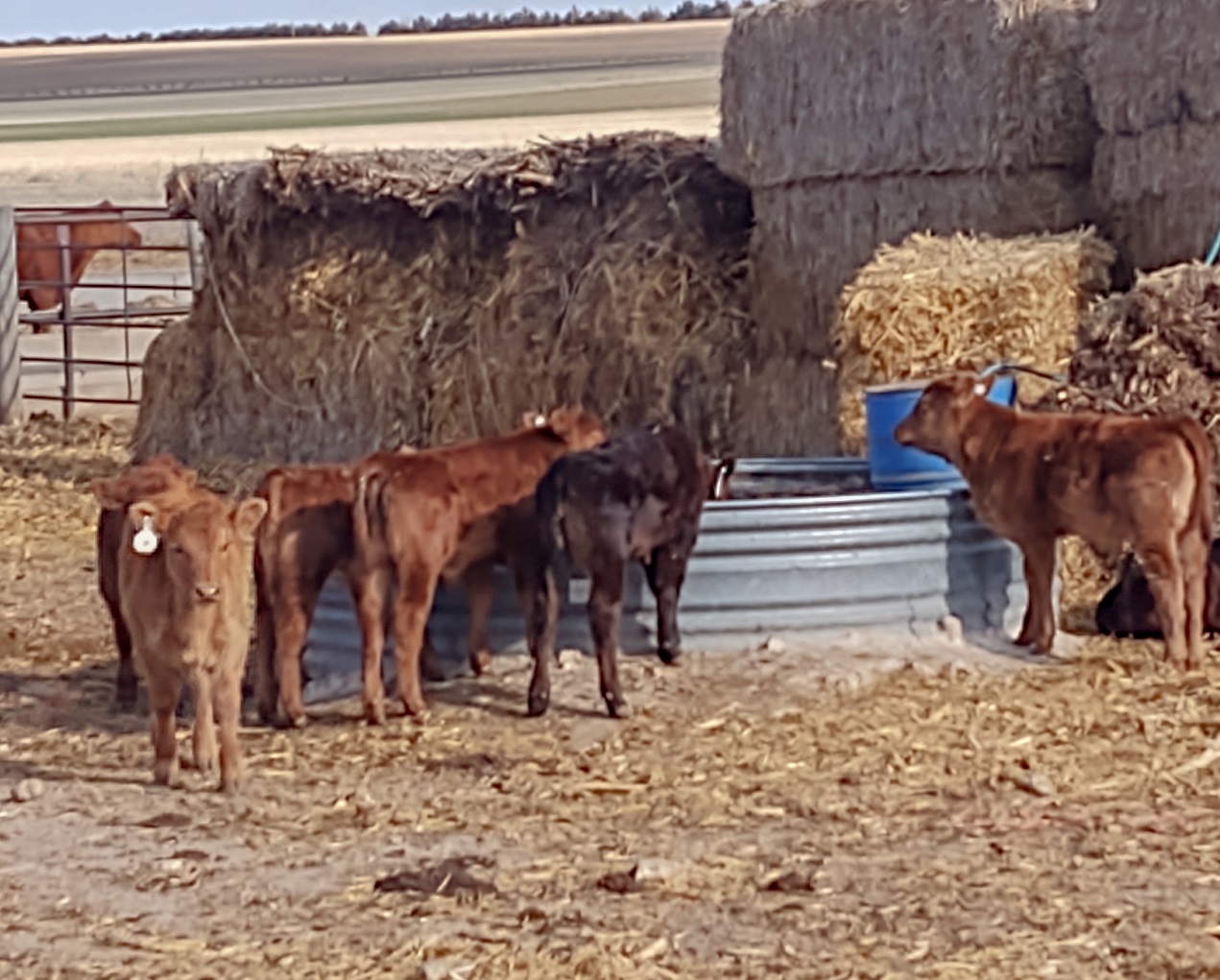
Listen to a discussion of the content in this article on this episode of the BeefWatch podcast. You can subscribe to new episodes in iTunes or paste http://feeds.feedburner.com/unlbeefwatch into your podcast app.
Calving season is wrapping up for some producers, in full swing for others, and just getting started for others. While the focus is definitely on making sure milk intake, particularly colostrum, is adequate for the young calves; it is also time to be thinking about water intake.
Water intake is important in the nursing calf because it prevents dehydration and promotes rumen development. Almost all suckled milk intake enters the abomasum via closure of the esophageal groove, allowing the highly digestible protein and energy source to go straight to tissue growth for the rapidly growing calf. However, by 1 month of age, the young calf can be seen eating the cow’s feed or nibbling grass. This solid food intake is important for muscular development of the rumen as well as microbial growth necessary to develop rumen function. However, the role of water in rumen development is often overlooked. Research with the dairy calf has determined that water intake and solid feed intake are highly correlated. If water availability is restricted, it’s logical that dry matter intake will be restricted which will result in slower rumen development, subsequently reducing daily gain. So while most producers are cognizant of the nursing calf’s need for water in the heat of summer, it may be overlooked in early spring when snowstorms are still coming through.
Iowa based dairy researchers found that when the ambient temperature was 70 degrees F, calves consuming 0.8 gallons of milk replacer and 2.2 lb of starter feed consumed 0.66 gallons of water per day. Therefore, even in spring, when temperatures are mild, nursing calves need to be able to reach water in the water tank and have opportunity to consume free choice water throughout the day. Making sure the tanks are well banked and the water level is reachable for calves is critical. If calves cannot reach the edge of the tank and the water does not refill into the tank to a reachable level for the calves, water intake can be restricted. Producers should supply 2-2.5 inches of linear drinking space per cow/calf pair to supply 16 minutes of drinking time every 4 hours. This may mean monitoring the water flow back into to the tank to ensure the tank refills quickly enough for the calves to get a drink before the cows drink it down again or leave to go out to pasture.
Making sure young calves have access to dry feed and water in addition to milk, early in life will assist in rumen development, encourage weight gain, and provide a good start for a healthy growing calf before weaning and beyond.
Interviews with the authors of BeefWatch newsletter articles become available throughout the month of publication and are accessible at https://go.unl.edu/podcast.
University of Nebraska-Lincoln
